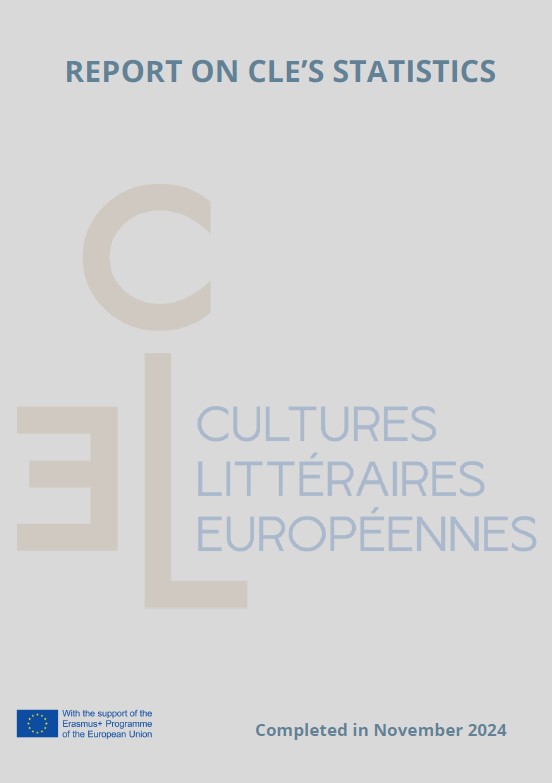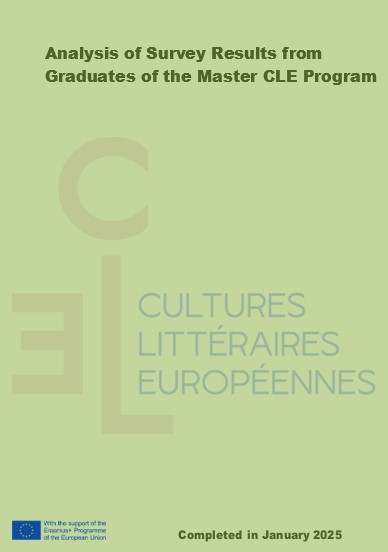The CLE’s statistics
Since the CLE’s foundation in 2008, the number of students enrolled, their countries of origin, the success rate in their education, and their employment and/or study and research prospects after graduation have been monitored. These statistics provide insights into the Erasmus Mundus CLE program, its set goals and achieved results.
For more information about the topic, the following full papers are provided, from which the data below were extracted.
Report on Cle's Statistics Analysis of Survey Results from Graduates
CLE: a worldwide diffusion
One of the peculiarities of the CLE is its worldwide spread: since its foundation, a total of 398 students enrolled from as many as 68 countries around the world. The heterogeneity and breadth of different backgrounds proves the profoundly multicultural essence of CLE. Thanks to this global dimension, students encounter a unique opportunity to engage with diversity and get to know different people and cultures.
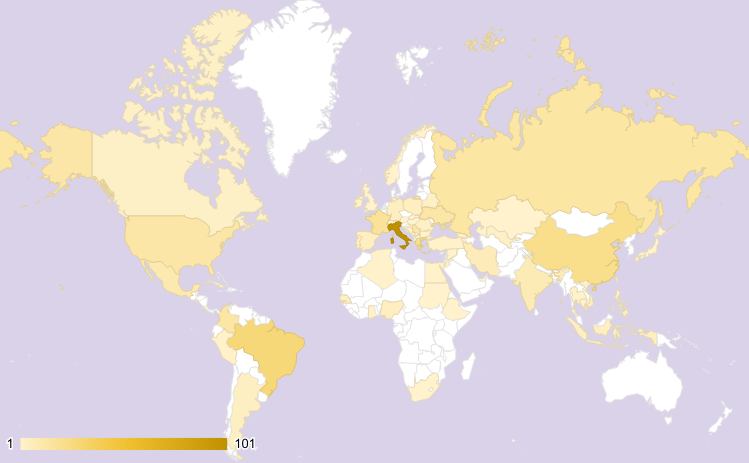
(fig.1) Countries of origin of CLE students (2008-2023)
THE CLE: an Education Program of Excellence
The CLE is a two-year Master's degree program that requires a full-time, active and co-participatory commitment of the students, who, in order to obtain the Erasmus Mundus degree, must complete the course by July of the second year. In addition to a curriculum that offers classes in the consortium languages, other activities, such as seminars, lectures, workshops, and language courses, are provided to ensure a comprehensive education. As observed in graph n. 2, the percentage of completion of the Master program is very high: 94% of the enrolled students get the degree.
.png)
(Fig.2) Percentage of completion of the CLE diploma (2008-2023)
Employment opportunities for CLE: Humanities and the job market
The European Commission has established through the ESCO office a European classification of skills, competencies, qualifications and occupations. This tool made it possible to conduct an analysis about the occupational profiles held by CLE Alumni, who are currently employed in a wide variety of fields, exploiting multiple skills. The data found that 19,3% continued their academic careers through doctoral studies and research; 26,1% found employment in teaching; and 54,6% in management, translation, intercultural relations, media and communication, freelancing, and the arts.
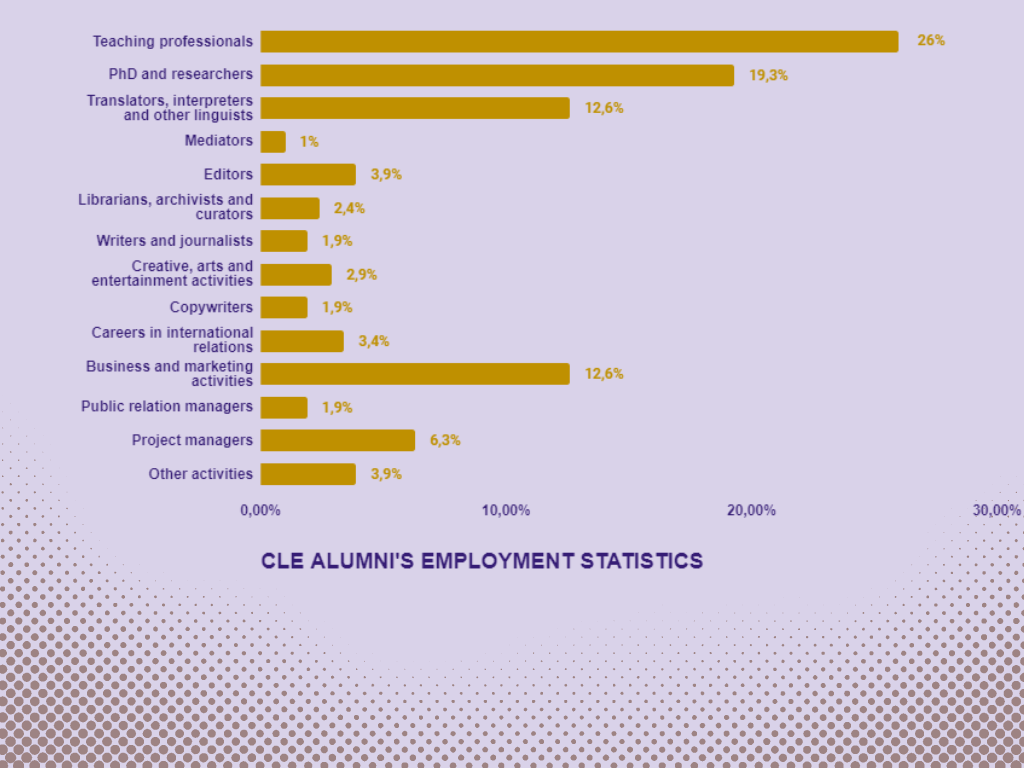
(Fig. 3) Employment openings ALUMNI CLE (2010-2022)
Observing the graph, it can be seen that the percentage of Alumni who decides not to embark on a teaching and research path, doesn’t depend on a change of trajectory. Instead, it is a considered choice to take advantage of the program in order to obtain a humanities base, on which to build a career path that ranges in fields other than academics or teaching. In addition, it is interesting to note the wide variety of chosen fields, ranging from management to mediation, from information technology to languages.
These observations allowed us to launch the H.E.A.D. Project, which aims to analyze the relationship between the human sciences and the job market.
Gender distribution: CLE's Alumni statistics
As regards the demographics of CLE’s students between 2019 and 2023, data monitoring reveals that males are the 32,3%, while females the 67,7%.
.png)
This gender distribution is in line with CLE Master course’s field of studies in Humanities and Languages. In fact, by looking at stats on gender balance in the Cultural Studies (and within those, Humanities and Languages) in tertiary education published on a 2023 article from Eurostats - an official website of the European Union featuring high-quality statistics and data on Europe - it can be said that CLE’s numbers on this topic are in accordance with those observed everywhere else in Europe.
Visiting scholars
The CLE program provides funding for the mobility of Scholars interested in a period of activity within the course. Over the years, 60 professors from 20 countries have participated: Albania, Algeria, Australia, Austria, Belgium, Canada, France, Georgia, Greece, India, Israel, Italy, Kyrgyzstan, Lebanon, Portugal, Russia, Senegal, Switzerland, United Kingdom and the U.S. (fig.4 and 5). Such mobility not only contributes to the enrichment of the program through new teaching and research perspectives, but it also allows the CLE's network of contacts to be fostered.
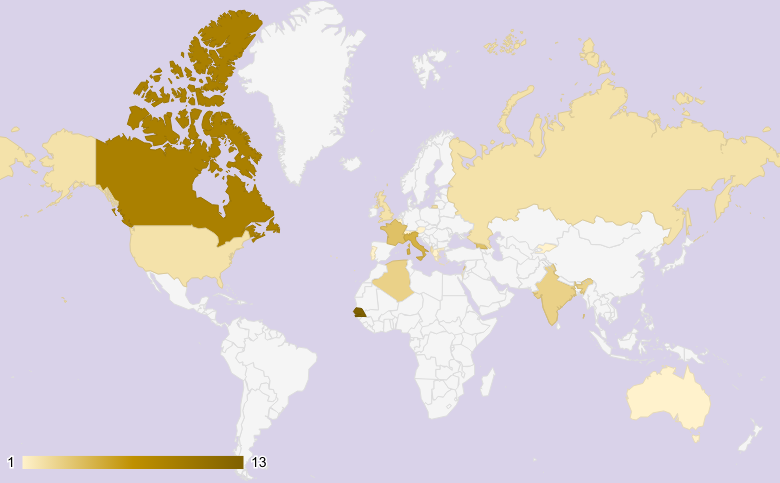
(Fig. 4) Scholars' countries of origin (2008-2023)
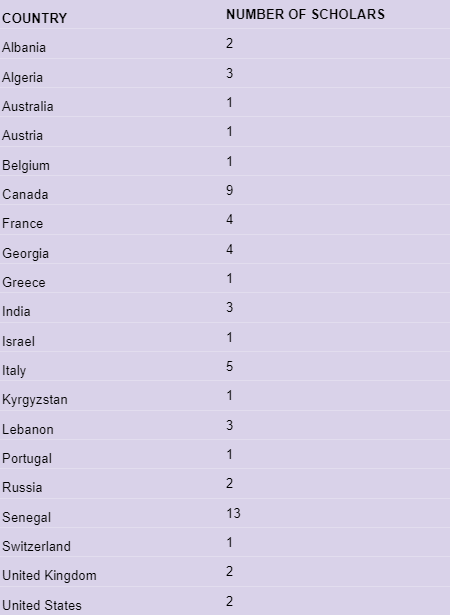
(Fig. 5) Scholars' countries of origin (2008-2023)
